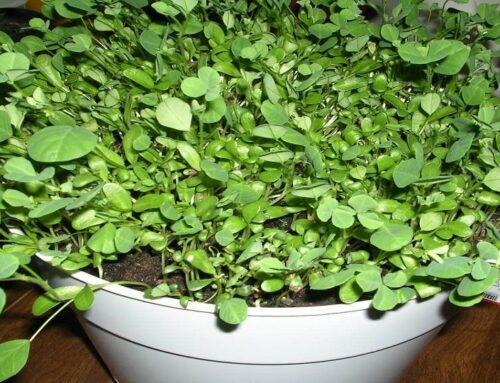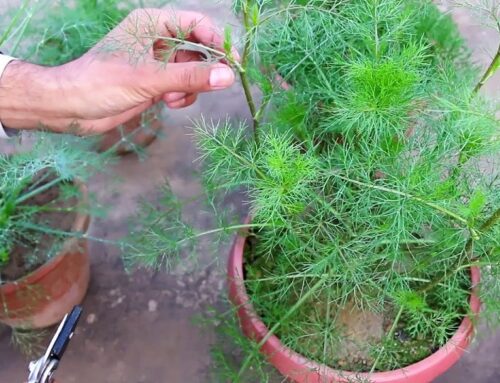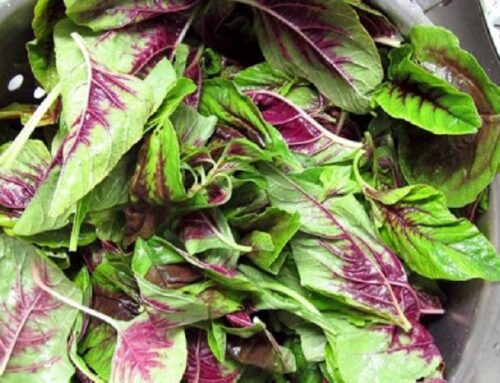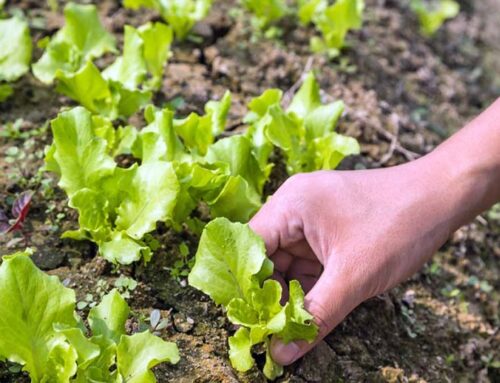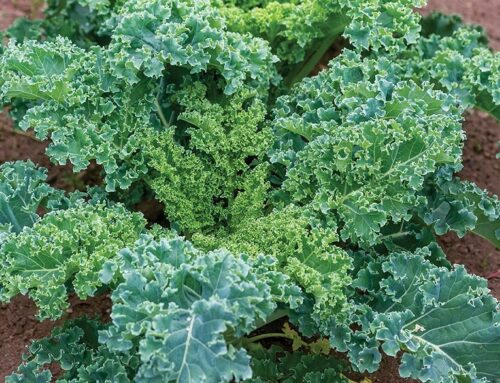Labiatae or Lamiaceae, the mint family, comprises of some popular aromatic and medicinal herbs such as mints, thyme, rosemary, basil, and sage. Plants belonging to the mint family share some common botanical characteristics. Most of them are perennial in their growth habit, and are easy to grow. They have tender, erect or creeping, square-shaped stems with oppositely arranged aromatic leaves which are oblong to lanceolate in shape. Leaves are with a serrate margin and dotted with tiny glands that produce essential oil. In fact, essential oil is present in almost all parts of the plant. Flower clusters are produced in terminal spikes. Each flower produces up to four tiny seeds. They can successfully be propagated by planting underground stems (known as rhizomes or stolons or runners) or by herbaceous stem cuttings. Seed propagation is not recommended as they may not produce true-to-type plants.
When it comes to the case of mints or mint herbs, they are also fast-growing and can be easily established in the gardens; therefore established plants need little care. They have a tendency to form colonies through vast networking of runners (creeping stems) along the soil surface and may become invasive if their growth is unchecked.
All mint herbs belong to the genus Mentha (all mint herbs are scientifically known as Mentha spp.)and as mentioned earlier, belong to the family Lamiaceae (Labiatae). Some popular species of mint are Apple mint, Bawles mint, Corn mint, Field mint, Pennyroyal, Peppermint, Red Mint, Scotch spearmint, and Spearmint.
Mint herbs are mainly grown for its aromatic foliage which is used as a culinary herb. Both fresh and dried leaves are used for culinary purposes. Mint is grown as an annual leafy vegetable if they are grown for culinary purposes. For commercial purposes such as for oil extraction, mint is grown as a perennial herb. Some varieties of mint such as peppermint, spearmint and Japanese mint are mainly grown for extracting mint oil. A mint herb plantation is having an economic life of more than three years.
Origin and Distribution: Mint is a common aromatic herb found naturally growing in temperate regions of the world such as Europe, Africa, Asia, Australia and North America.
Taxonomy: According to USDA Plant Database, the taxonomic classification of mint herbs is as follows:
- Kingdom-Plantae/Angiosperms
- Order-Lamiales
- Family-Lamiaceae
- Genus-Mentha
- Species-M. longifolia/M.spicata/M.piperita/M.citrata etc
Local Names of Mint: Mint is known by various names in various parts of the world. Some popular names are as given below:
- Spain, Central and South America -Hierba buena
- Portugal-Hortelã
- Indo-Aryan regions – India, Pakistan etc -Pudīna
Cultivated Species of Mints: Several mint species are in cultivation now. However peppermint and spear mint are the most popular among the gardeners and growers of mint herbs. Peppermint is Mentha piperita and Spearmint (Curly mint) is Mentha spicata (synonyms are M. viridis, M. cordifolia).
Other cultivated mints are water mint, common mint, and horse mint. Water mint is Mentha aquatic. Common Mint (Field mint, Corn mint, Banana mint) is Mentha arvensis. Japanese mint is Mentha arvensis var. piperascens. Horse mint is Mentha longifolia or Mentha sylvestris.
Apple mint (Egyptian Mint, Woolly mint, Round-leaved Mint) is also cultivated in some parts of the world. Scientific name of apple mint is Mentha rotundifolia or Mentha suaveolens.
Another cultivated mint species is Bergamot mint. It is also known as Orange mint, Bergamot orange mint, and Lemon mint. Scientific name of this plant is Mentha citrate. Other two less popular mint species are pennyroyal and Corsican mint. Pennyroyal is Mentha pulegium. Corsican Mint is Mentha requienii.
We have a book on ‘Mint Herbs‘….
Check out our publishing services here…
We publish top quality videos on various ‘Food & Agriculture’ topics. You may subscribe our video channel here…


